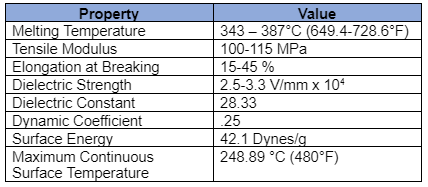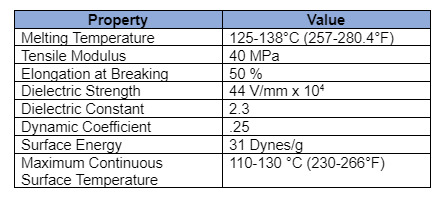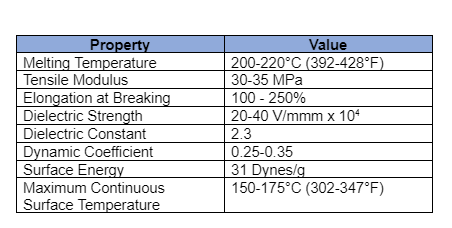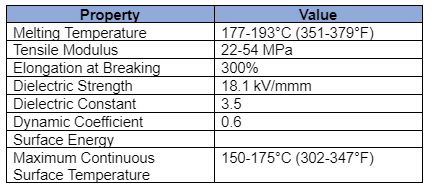There is a push for more people to drive electric vehicles. While they are more environmentally friendly, the motors differ significantly from traditional combustion engines. Electric vehicle seals must keep lubrication confined to the gearbox, dirt, and debris out of the motor while providing engine efficiency.
In this article, you will gain a basic understanding of
- How electric vehicles and internal combustion engines differ
- Design considerations for electric vehicle seals
- Types of materials used in making seals for electric vehicles
Differences in Electric Vehicle and Internal Combustion Engines
If you are standing outside an electric vehicle looking at it, you may not notice many differences between it and a gas-powered automobile. The overall external design is the same, except the electric car has no exhaust pipe.
However, below the surface, the two engines are significantly different. Gas-powered have a gas tank, gas pump, motor, carburetor, alternator, smog controls, and hundreds of other moving parts. In addition, the engine requires seals to keep oil and other fluids from leaking out.
An electric vehicle engine only has one main moving part: the motor. Despite the motor being in a dry environment, seals are still required to help keep dirt and dust out of the engine and the lubricants needed for the vehicle gearbox.
Both electric vehicles and internal combustion engines require specialized seals to keep the motors/engines working efficiently.
Electric Vehicle Seal Design Considerations
Electric vehicle motors work more efficiently and require seals that can handle their unique needs. The seals used in electric vehicles often exceed the minimum requirements of seals found in internal combustion engines. In addition, many of them must work in dry environments.
Friction
Friction is one of the primary design considerations for electrical vehicle seals. While friction in any engine is not desired, electric vehicles need a lower friction seal than traditional gas-powered engines. Any friction created by seals causes efficiency loss in power output.
If the engine isn’t efficient, the battery won’t be able to have the range that it should. A motor working harder to make up for the efficiency loss won’t be able to travel as far as it should. Lower friction is essential to gain better efficiency and long distance.
Dry Running
Electric vehicles require both dynamic and static seals. The dynamic seals are often called rotary lip seals. While they don’t require oil seals, electric motors need seals that work in a dry-running environment.
The primary shaft uses a rotary seal to prevent dirt, dust, and water from entering the electric motor. If fluid and debris enter the motor, it can damage the engine and cause it to break down or damage some of the highly charged electrical components so that it won’t work efficiently.
In addition to running in a dry environment, the rotary seals must withstand the higher speeds electric motors run. The components spin up to 18,000 rpm, about three times faster than a traditional combustion engine. As a result, seals in these engines have to withstand high-speed running without lubrication.
Electric Vehicle Seal Materials
Not all materials common seal materials work well in electric vehicles. However, two of the more common types are PTFE and molded rubber. The materials are used for different applications but are necessary as part of the vehicle’s makeup.
PTFE Seals
Polytetrafluoroethylene (PTFE), more commonly known as Teflon, is a nonreactive material with a low coefficient of friction. Therefore, it is ideal for high-temperature environments found in an electric vehicle motor.
Seals made from PTFE are usually found on the e-axle and help to act as a barrier between the motor and gearbox. The engine is a dry environment, while the gearbox requires lubrication. The PTFE seal keeps lubricant from seeping into the motor. In addition, the seal’s dry side has a lip that keeps dust and dirt out of the engine.
In addition to keeping the lubricant in the gearbox and dirt out of the motor, the PTFE rotary seal can withstand the high speeds in the car’s engine. Additionally, it provides low friction to keep the motor running efficiently.
Molded Rubber
While PTFE is the ideal seal material for the e-axle, molded plastic is the perfect solution for valve housing. The valve housing needs a seal that will withstand high temperatures and pressure in the area. The T-junction area of the seal is the most problematic area known for failure.
Molded rubber seals are push-in-place rubber gaskets that perform well under pulsating pressure. These gaskets can handle temperatures of up to 302°F (150°C) and 50 Bar pressure. In addition, it requires more gland space than seals used in a traditional combustion engine.
Conclusion
Electric vehicles are rising in popularity. However, due to the nature of their engines, they require different seals than a traditional combustion engine. These seals need to have lower friction and handle high-speed rotation.
Need seals for your electric vehicle manufacturing? Contact us today to find out how we can create custom seals for your project.







